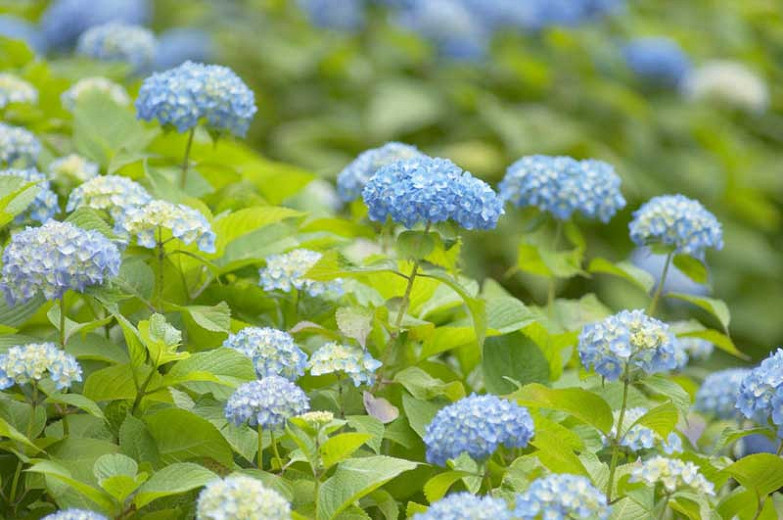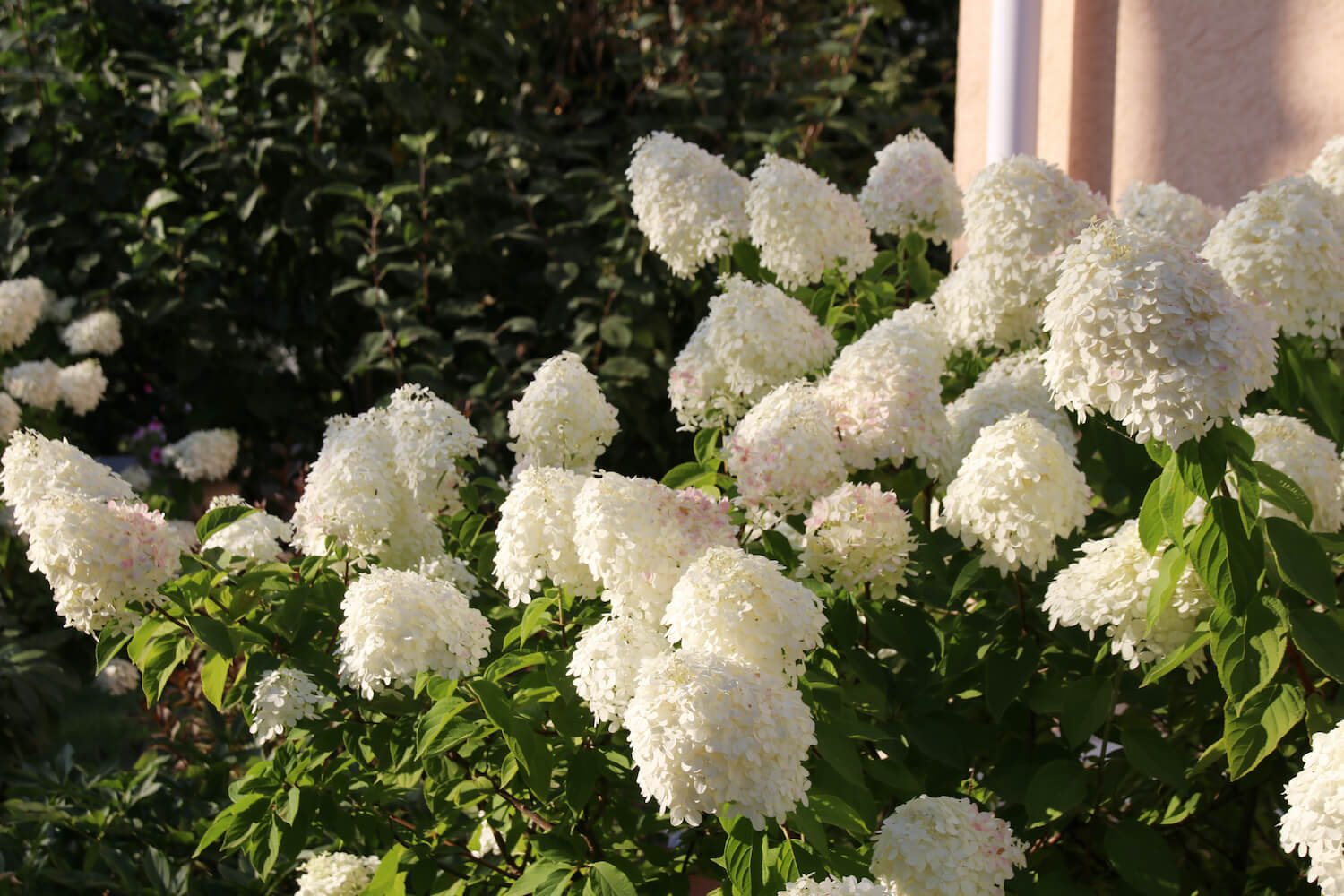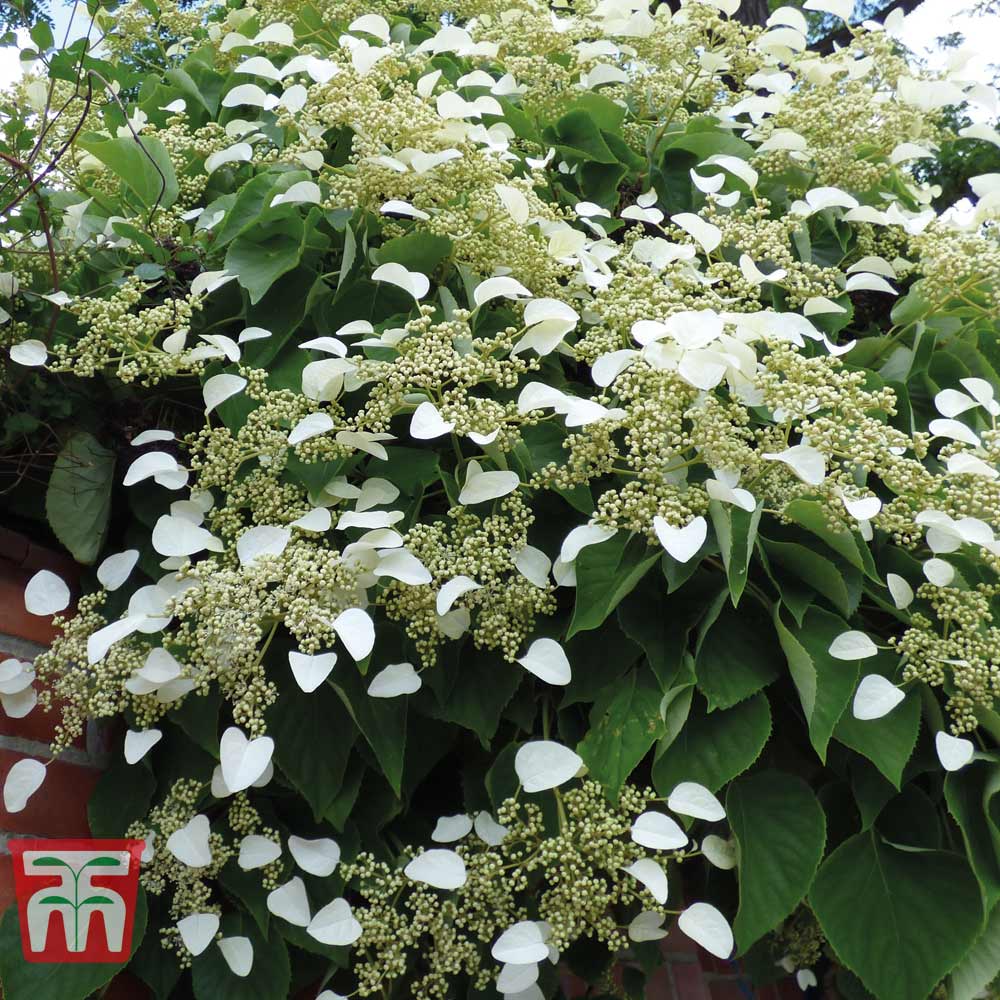Annual Hydrangeas: The Perfect Flowers For A Oneyear Bloom
Annual Hydrangeas: The Perfect Flowers for a One-Year Bloom
Hydrangeas are some of the most popular flowers in the world, known for their large, showy blooms. But did you know that there are also annual hydrangeas? These flowers are perfect for gardeners who want to enjoy the beauty of hydrangeas without having to commit to a perennial plant.
Annual hydrangeas are typically smaller than perennial hydrangeas, and they have a shorter bloom time. However, they are just as beautiful, and they can be a great addition to any garden.
There are a variety of annual hydrangeas to choose from, including:
- Mophead hydrangeas have large, rounded clusters of flowers.
- Panicle hydrangeas have tall, upright clusters of flowers.
- Lacecap hydrangeas have delicate, lacy flowers.
Annual hydrangeas can be grown in a variety of conditions, but they prefer full sun to partial shade and well-drained soil. They are relatively easy to care for, and they do not require a lot of pruning.
To plant annual hydrangeas, sow the seeds indoors about 6-8 weeks before the last frost date. Once the seedlings have developed several sets of leaves, transplant them outdoors into the garden.
Annual hydrangeas should be watered regularly, especially during the first year of growth. They may also need to be fertilized once or twice a month during the growing season.
Annual hydrangeas will begin to bloom in late spring or early summer, and they will continue to bloom for several weeks. Once the blooms have faded, you can deadhead the plants to encourage more flowers.
At the end of the season, you can either compost the annual hydrangeas or save the seeds for replanting next year.
Here are some additional tips for growing annual hydrangeas:
- Choose a location that receives full sun to partial shade.
- Amend the soil with compost or other organic matter.
- Water regularly, especially during hot, dry weather.
- Fertilize once or twice a month during the growing season.
- Deadhead spent blooms to encourage more flowers.
- Protect from frost in colder climates.
With a little care, annual hydrangeas can add a touch of beauty to your garden for a single season. So why not give them a try?
Hydrangeas are beautiful flowering shrubs that can add a touch of elegance to any garden. But did you know that there are also annual hydrangeas? These plants are perfect for gardeners who want to enjoy the beauty of hydrangeas without having to worry about them coming back year after year.
Annual hydrangeas are typically grown from seed and can be planted in the spring or fall. They typically bloom in the summer and will last for several weeks. After they have finished blooming, you can simply cut them back and they will start over again the following year.
If you are interested in learning more about annual hydrangeas, I recommend visiting the website . This website has a wealth of information about annual hydrangeas, including how to grow them, how to care for them, and where to buy them.
FAQ of annual hydrangea
Here are the 5 most frequently asked questions about annual hydrangea, along with valuable insights and solutions:
- Are annual hydrangeas actually hydrangeas?
No, annual hydrangeas are not actually hydrangeas. They are a type of plant called impatiens. Impatiens are often mistaken for hydrangeas because they have similar flowers. However, impatiens are annual plants, meaning they only live for one year, while hydrangeas are perennial plants, meaning they can live for multiple years.
- What are the best conditions for growing annual hydrangeas?
Annual hydrangeas prefer full sun to partial shade and well-drained soil. They are not very tolerant of frost, so they should be planted in areas with mild winters. Annual hydrangeas are also susceptible to powdery mildew, so it is important to plant them in areas with good air circulation.
- How do I water annual hydrangeas?
Annual hydrangeas need to be watered regularly, especially during hot, dry weather. The soil should be kept moist, but not soggy. It is important to water the plant at the base, avoiding getting the leaves wet.
- How do I fertilize annual hydrangeas?
Annual hydrangeas should be fertilized once a month during the growing season. Use a balanced fertilizer, such as 10-10-10, and apply it according to the package directions.
- How do I deadhead annual hydrangeas?
Deadheading annual hydrangeas is important to encourage new blooms. To deadhead, simply remove the spent flowers from the plant. You can also cut the plant back by about one-third after it has finished blooming.
Image of annual hydrangea
- Hydrangea macrophylla is a popular annual hydrangea that blooms in shades of blue, pink, and white. It is relatively easy to care for and can grow up to 3 feet tall.

- Hydrangea paniculata is another popular annual hydrangea that blooms in white or pink clusters. It is a bit more cold-sensitive than Hydrangea macrophylla, but it is still relatively easy to care for.

- Hydrangea arborescens is a smaller annual hydrangea that blooms in white or pink clusters. It is very cold-hardy and can tolerate temperatures as low as -20 degrees Fahrenheit.

- Hydrangea serrata is a late-blooming annual hydrangea that produces blue, pink, or white flowers. It is a bit more difficult to care for than other annual hydrangeas, but it is still a beautiful and rewarding plant to grow.

- Hydrangea petiolaris is a climbing annual hydrangea that produces white flowers. It is a bit more difficult to find than other annual hydrangeas, but it is a unique and beautiful plant that can add a touch of elegance to any garden.

Post a Comment for "Annual Hydrangeas: The Perfect Flowers For A Oneyear Bloom"